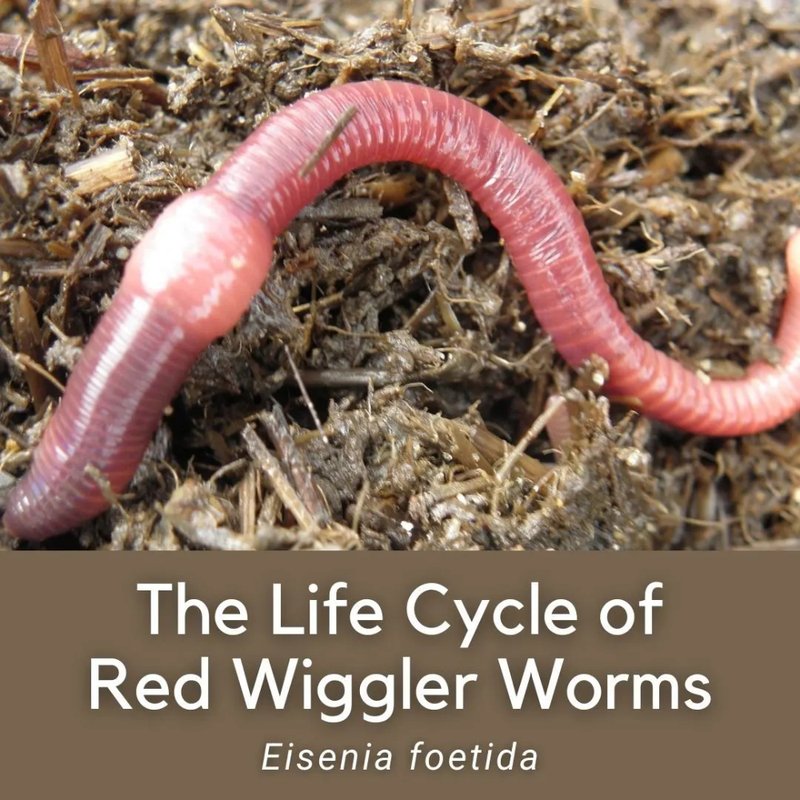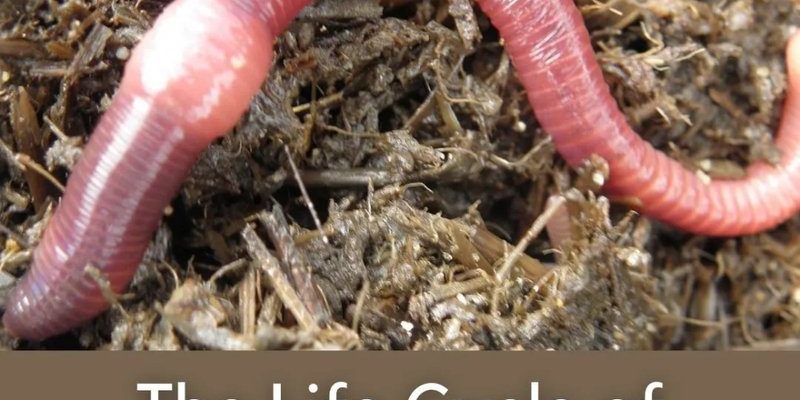
Imagine red wigglers as the unsung heroes of your garden. Yet, despite their hardy reputation, they’re not invincible. They encounter a host of predators—such as birds and other insects—that prey on them. Add in the dangers posed by environmental issues like pollution and habitat destruction, and it’s easy to see how these tiny worms can find themselves in trouble. So, let’s dive deeper into the world of red wigglers, explore their enemies, and understand how we can help protect them.
What Are Red Wigglers?
Red wigglers, scientifically known as *Eisenia fetida*, are a special type of earthworm that thrive in compost and decaying organic matter. Unlike their garden-dwelling cousins, red wigglers are not your typical earthworms—they prefer a warm, damp environment rich in decomposing materials. Their favorite snacks include fruit and vegetable scraps, coffee grounds, and even shredded paper. By consuming this waste, they break it down into nutrient-rich castings, which are gold for gardeners.
These worms are small and typically measure around 3 to 4 inches long. What’s fascinating is how they reproduce. Red wigglers can double their population in as little as three months if conditions are right! This rapid reproduction is one reason they’re so commonly used in vermicomposting, helping individuals recycle waste and create lush, fertile soil.
However, their adaptability and nutritional contributions don’t mean they’re safe from threats. In fact, understanding what can harm red wigglers is crucial for anyone interested in maintaining healthy compost systems and thriving gardens.
Predators of Red Wigglers
Red wigglers are a favorite snack for many creatures. Understanding who their predators are can help you protect these amazing worms. Here are a few of the most common threats:
- Birds: Various bird species, especially those that forage in gardens, view red wigglers as a delicacy. Sparrows, robins, and starlings can wreak havoc in worm bins or compost piles.
- Insects: Certain predatory insects, like ground beetles or ants, may invade worm habitats to feed on them. These insects can be sneaky and hard to spot until it’s too late.
- Mammals: Small mammals such as moles or shrews also enjoy a meal of red wigglers. They may dig through your garden or compost bin, causing damage in the process.
Protecting your red wigglers from these predators can involve simple actions like covering your compost bins or creating barriers. But it’s just as important to be aware of their natural behaviors and habitats.
Birds as a Major Threat
Birds are often the most visible predators of red wigglers. Whether it’s a well-known robin hopping around your garden or sparrows flitting about, these birds are always on the lookout for an easy meal. They can be fast and stealthy, snatching worms right out of the soil or compost. To help protect your worms from feathered foes, consider diversifying your garden with plants that provide cover and hiding spots for the worms.
Environmental Threats to Red Wigglers
While predators pose a direct threat to red wigglers, environmental challenges can be just as damaging. Here are some significant factors that can impact their populations:
- Pollution: Chemicals and pollutants can seep into the soil where red wigglers live. Pesticides, herbicides, and heavy metals can harm their health and reduce reproduction levels.
- Climate Change: Temperature fluctuations and extreme weather patterns can also affect their habitat. Red wigglers thrive in specific conditions, and any disruption can lead to population decline.
- Habitat Loss: Deforestation and urbanization reduce the natural spaces where red wigglers thrive. Without a suitable environment, these worms struggle to survive.
Protecting the environment is crucial for ensuring healthy red wiggler populations. Even small changes in your gardening or composting practices can contribute to a healthier ecosystem, benefiting not just the worms but also the plants and other wildlife around them.
The Effects of Pollution
Pollution can greatly reduce the health of red wigglers. For instance, if the soil they live in is contaminated with heavy metals, it can affect their reproduction and longevity. This is why using organic gardening practices and avoiding chemical inputs is essential. You can create a safer habitat by composting your kitchen scraps without adding harmful substances.
How to Protect Red Wigglers
So, what can you do to protect these beneficial worms from predators and environmental threats? Here are some practical steps you can take:
- Cover Your Compost: Use a lid or organic material to cover your compost bin, keeping it safe from birds and other predators. You might also consider adding a layer of straw or leaves, which can provide additional insulation for the worms.
- Monitor Soil Quality: Regularly check your soil for pollutants. If you suspect contamination, consider sending a soil sample for testing. This proactive approach can help you identify issues before they impact your worm population.
- Encourage Biodiversity: Plant a variety of flowers and herbs in your garden. This not only supports overall wildlife health but can also provide additional cover for red wigglers, making it harder for predators to spot them.
These actions might seem small, but they collectively strengthen the habitat for red wigglers and other beneficial organisms.
Engage in Sustainable Practices
By choosing sustainable gardening practices, you can create an environment that not only protects red wigglers but also thrives. Every organic compost heap and pesticide-free garden you nurture contributes to a healthier ecosystem.
Red wigglers are vital to our ecosystems, serving as nature’s recyclers. However, they face threats from predators and environmental changes that can deplete their populations. Understanding these challenges can help us take meaningful steps to protect them. By using proper composting techniques, monitoring soil health, and promoting biodiversity, you can play a role in the survival and thriving of these incredible little creatures. So, the next time you dig into your compost pile or tend to your garden, remember the red wigglers’ important role and consider how you can make a difference. Together, we can create a safer habitat for them and all of nature’s wonders.

